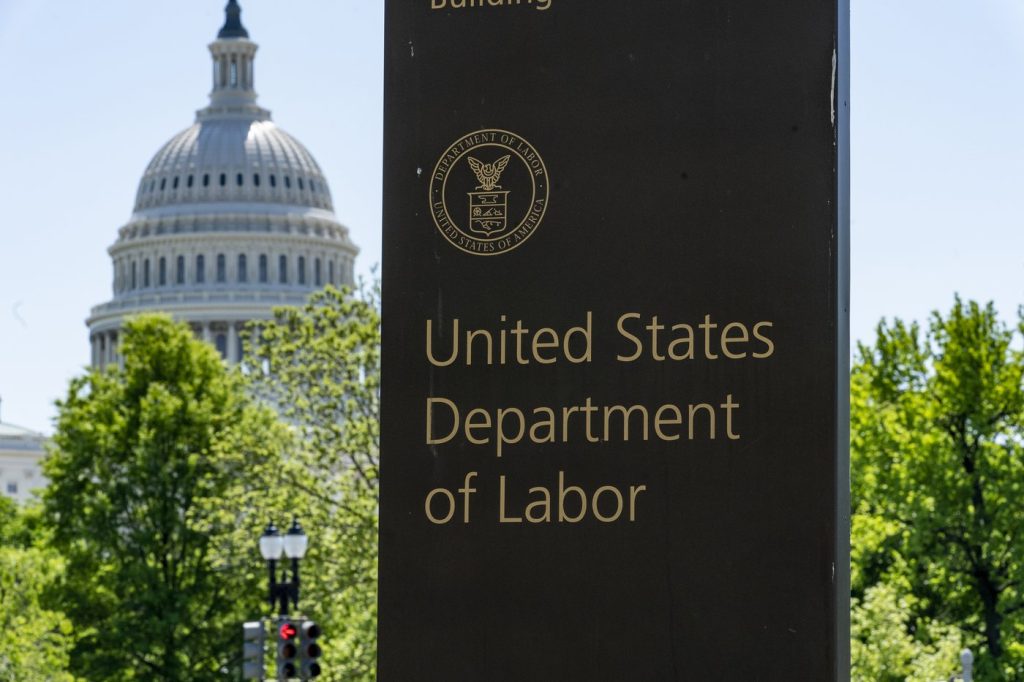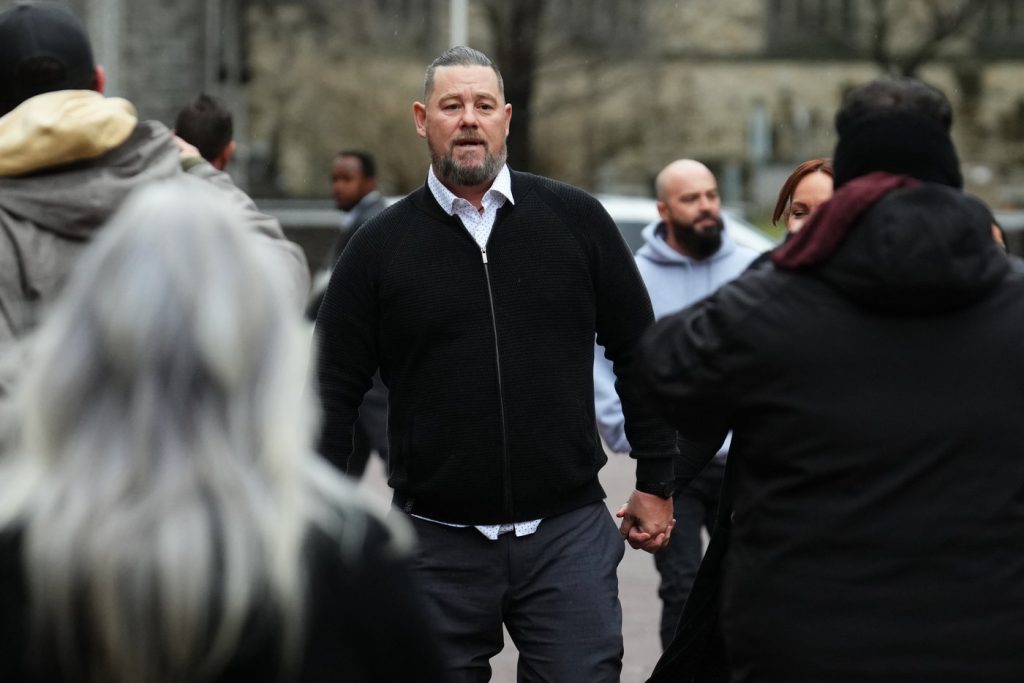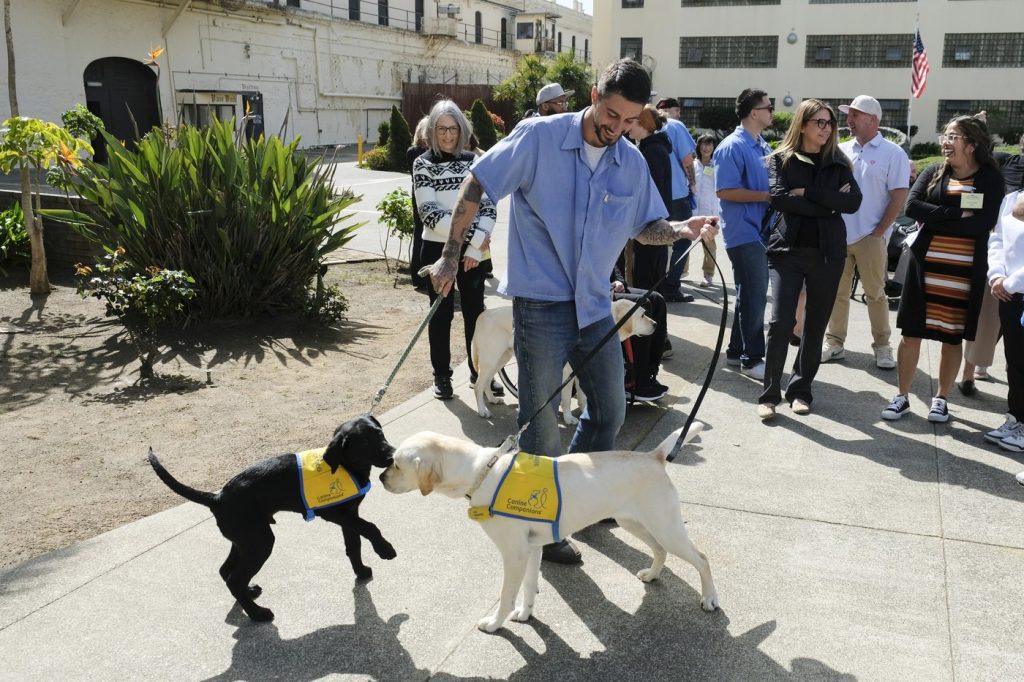NEW YORK (AP) - The U.S. Department of Labor has proposed significant changes to more than 60 existing workplace regulations, many of which have been deemed "obsolete." These regulations cover a wide range of issues, such as minimum wage requirements for home health care workers, safety standards concerning harmful substances, and working conditions in construction and mining industries. One major aspect of the changes is intended to reduce the government's ability to penalize employers whose workers are injured or killed during high-risk activities, including movie stunts and animal training.
The Labor Department claims these regulatory rollbacks aim to alleviate the "costly and burdensome" rules put in place by previous administrations. The initiative also aligns with President Donald Trump's commitment to deregulation as a means to restore American economic prosperity. Labor Secretary Lori Chavez-DeRemer emphasized in a statement that the department's proposal represents "the most ambitious proposal to slash red tape of any department across the federal government."
However, the proposed changes have faced criticism from worker advocacy groups, who argue that these rollbacks could endanger workers, particularly women and minority groups, who may be disproportionately affected. Rebecca Reindel, the AFL-CIO's occupational safety and health director, expressed concern that the changes would exacerbate already dangerous working conditions.
The proposed changes necessitate several stages before implementation, including public comment periods for each regulation. Key rollbacks being considered include:
No minimum wage for home health care workers: Under a proposal from the Labor Department, approximately 3.7 million home health care workers could be paid below the federal minimum wage of $7.25 per hour and may not qualify for overtime pay if not covered by state laws. This proposal seeks to revert changes made in 2013 by the Obama administration, aiming to alleviate costs for home care providers. Critics, such as Judy Conti from the National Employment Law Project, argue that this would undermine vital protections for a workforce that often experiences injuries from strenuous labor.
Supporters like Carrie Lukas, president of the Independent Women's Forum, argue that making home care more affordable could better support women balancing caregiving responsibilities. However, opponents contend that removing these protections would severely impact a predominantly female workforce.
Protections for migrant farm workers: The Labor Department is also looking to rescind rules that recently provided protections for migrant farmworkers holding H-2A visas. Current regulations require employer-provided transportation to have seat belts, and the proposed changes would eliminate this requirement. The Department aims to relieve what it describes as unnecessary burdens on employers. However, advocates warn that stripping these protections increases the risk of exploitation and retaliation against workers who seek to report abuses.
Adequate lighting for construction sites: Another significant proposal involves removing the requirement that employers ensure adequate lighting at construction sites. According to OSHA, the current regulation does not significantly reduce risk. This proposal is controversial among worker advocates, who stress that poor lighting contributes to serious accidents.
Mine safety regulations: The proposed changes also threaten comprehensive safety regulations in mining. Currently, employers are required to submit ventilation and roof collapse prevention plans for review by the Mine Safety and Health Administration (MSHA). The Labor Department aims to eliminate district managers' authority to require additional safety measures, which some view as a step back for miner safety.
Limiting OSHA’s reach: Finally, a proposed exclusion from OSHA’s general duty clause would limit its ability to penalize employers for unsafe conditions in professions considered "inherently risky." This change could affect various entertainment and athletic professions, sparking concerns over the potential devaluation of worker safety.
The proposed changes represent a controversial and significant shift in workplace safety regulations, aiming to deregulate various sectors while drawing strong opposition from labor advocates concerned about worker safety and rights.










